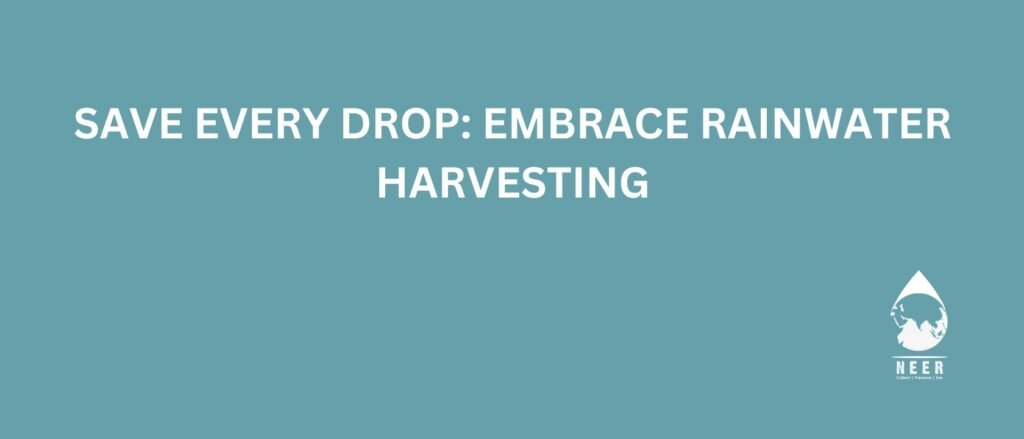
Save Every Drop: Embrace Rainwater Harvesting
In a world where water scarcity has become a growing concern, finding innovative methods to conserve this precious resource is of paramount importance. One of the most sustainable and efficient solutions is rainwater harvesting. This method, while ancient in its origins, holds the key to addressing many of our contemporary water woes.
1. Understanding the Essence of Rainwater Harvesting
Rainwater harvesting, at its core, is the collection, storage, and use of rainwater. Instead of letting rainwater flow away, it’s captured and saved for future use. This technique has been utilized for centuries across various civilizations, indicating its timeless relevance.
2. The Process: How Does Rainwater Harvesting Work?
The process of rainwater harvesting is simpler than one might think. It begins with the collection of rainwater on rooftops, terraces, or specially designed catchment areas. The water is then channeled through pipes or downspouts, filtered to remove debris, and stored in tanks or sumps. This stored water can be used for various purposes, from watering plants to flushing toilets.
3. Environmental and economic benefits
- Reducing the Strain on Local Resources: By harvesting rainwater, we can significantly reduce our dependency on local water bodies and groundwater, ensuring their sustainability.
- Decreasing Water Bills: With a consistent source of rainwater, households and businesses can see a notable decrease in their monthly water bills.
- Combating Soil Erosion: Rainwater harvesting helps reduce runoff, which can lead to soil erosion, thus preserving landscapes and preventing sediment deposition in water bodies.
4. Role of a CGWA NOC Consultant in Promoting Sustainable Water Use
A CGWA NOC consultant plays a pivotal role in guiding regions, businesses, and individuals in the efficient and legal extraction of groundwater. They emphasize the importance of sustainable methods like rainwater harvesting to mitigate excessive groundwater use. By ensuring that communities abide by the regulations set by the Central Ground Water Authority, they indirectly promote the adoption of rainwater harvesting.
5. Steps to Implementing Rainwater Harvesting on Your Premises
- Assessment: Begin by evaluating the rainwater potential of your region and your consumption needs.
- System Design: Based on the assessment, design a system that caters to your requirements. This includes deciding the size of the storage tanks, the type of filters needed, and the overall layout.
- Maintenance: Regularly clean the catchment areas, gutters, and filters to ensure optimal collection and storage.
6. The Future: A World Embracing Rainwater Harvesting
As the global water crisis looms, methods like rainwater harvesting aren’t just recommended; they’re essential. It’s a collective responsibility, one that requires the shared efforts of individuals, communities, and authorities. With experts like CGWA NOC consultants guiding the way in sustainable groundwater usage, the integration of rainwater harvesting into our daily lives becomes all the more imperative.